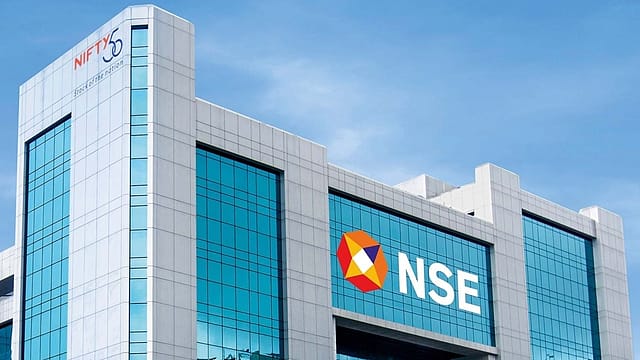Large cap stocks return less than FD rates
ADVERTISEMENT

What is common between the largest oil and gas company of India, Reliance; India's largest IT company, TCS; India's largest bank, SBI; India's largest private sector lender, HDFC Bank; India's largest FMCG company, HUL; India's largest paint company; Asian Paints, India's largest chemical manufacturer, United Phosphorus Limited (UPL), and India's largest incubator of new businesses, Adani Enterprises?
Apart from the obvious fact that all these public listed companies are leaders in their sectors, the shocking commonality amongst them is the fact that all of these stocks are yielding less than an average fixed deposit account in a bank.
The declining interest rates of saving instruments, like fixed deposits, offered by the banks are often cited as one of the compelling factors for the tremendous influx of retail investors in the Indian stock market. Ironically, as on date, more than a dozen Nifty 50 stocks have failed to deliver returns that a fixed deposit account would have delivered in a year.
The irony of the situation is that while the FD interest rate of SBI is 7.1% per annum, SBI stock has delivered a negative return of 3.1% YTD on December 4, 2023. While HDFC Bank's FD rate is 7.2% per annum, the bank’s stocks are giving a negative return of 1.15% in the same period of time.
December 2025
The annual Fortune 500 India list, the definitive compendium of corporate performance, is out. This year, the cumulative revenue of the Fortune 500 India companies has breached $2 trillion for the first time. Plus, find out which are the Best B-schools in India.
Larger banks like ICICI and SBI offer up to 7.1% interest per annum, while a majority of public and private sector banks are offering slightly higher interest rates.
Large caps missing from the market rally
The stalwarts of various sectors ranging from banking to oil and gas, to FMCG, to technology, to paints and chemicals, and more are laggards when it comes to cashing on the buoyant and ever-surging Indian market, so much so that their YTD returns on December 4, 2023 were less than what an average Fixed Deposit Account would have yielded.
The companies that are giving negative returns are Adani Enterprises (minus 34.4%), UPL (minus 19.16%), HDFC Bank (-1.15%), Infosys (minus 2.91%), Kotak Mahindra (minus 0.48%), and SBI (minus 3.1%).
In this calendar year, HUL has yielded 1.61% while Wipro is currently giving a price return of 3.74%. TCS and Reliance are yielding 7.09% and 4.66%, respectively. The largest paint company, Asian Paints, and India's largest steel manufacturer, JSW Steel, are yielding 3.45% and 6.71% respectively.
The return of old economy
While the stalwarts failed to deliver, the old economy stocks have made a surprising comeback this year. The stocks that delivered the highest returns Year To Date (YTD) were Coal India (57.61%), Larsen and Toubro (58.86%), NTPC (65.9%), Bajaj Auto (71.5%), and Tata Motors (81.88%).
It is another irony that these stocks have performed extremely well on the back of rising interest rates while investors ignored these scrips when rates were low.
When the cost of lending rises due to rising interest rates, it makes sense to bet on old economy companies which have already done their capital expenditure to a large extent. As the interest costs go up, the new entrants find it more and more difficult to establish themselves in the old economy sectors thus giving the advantage of less competition to the traditional players.
